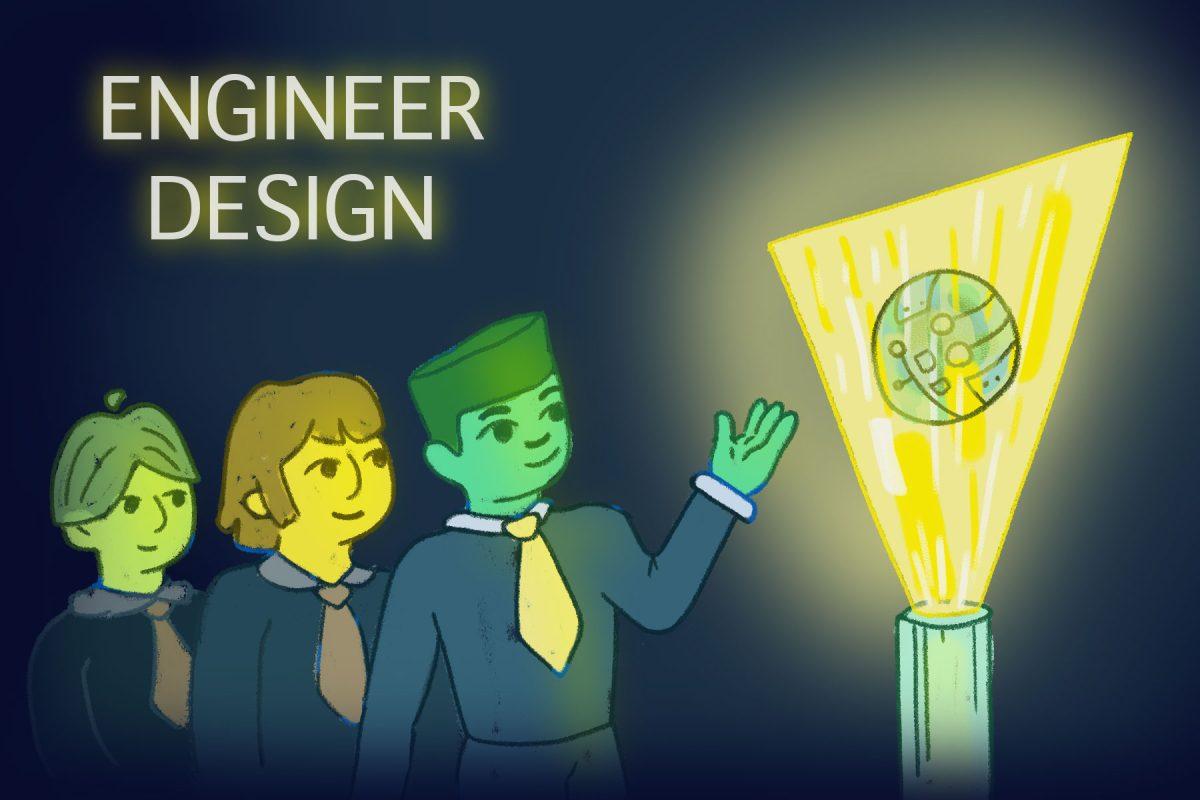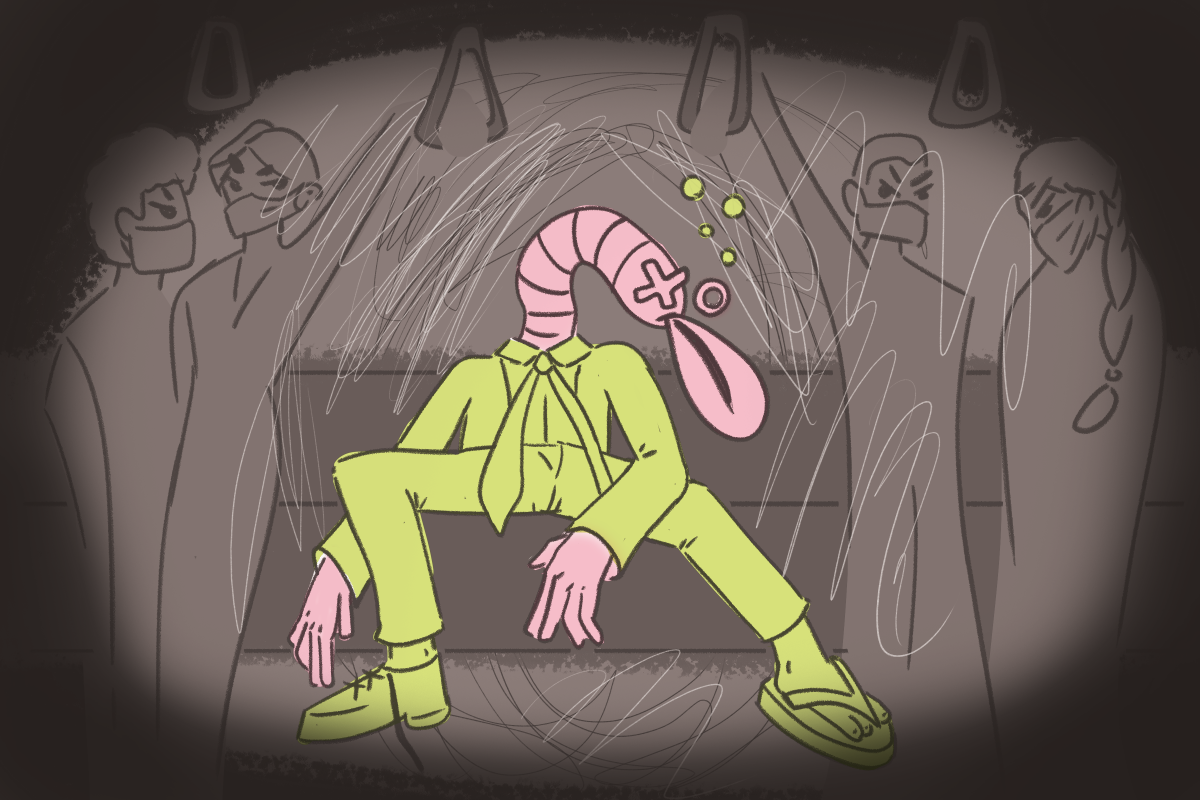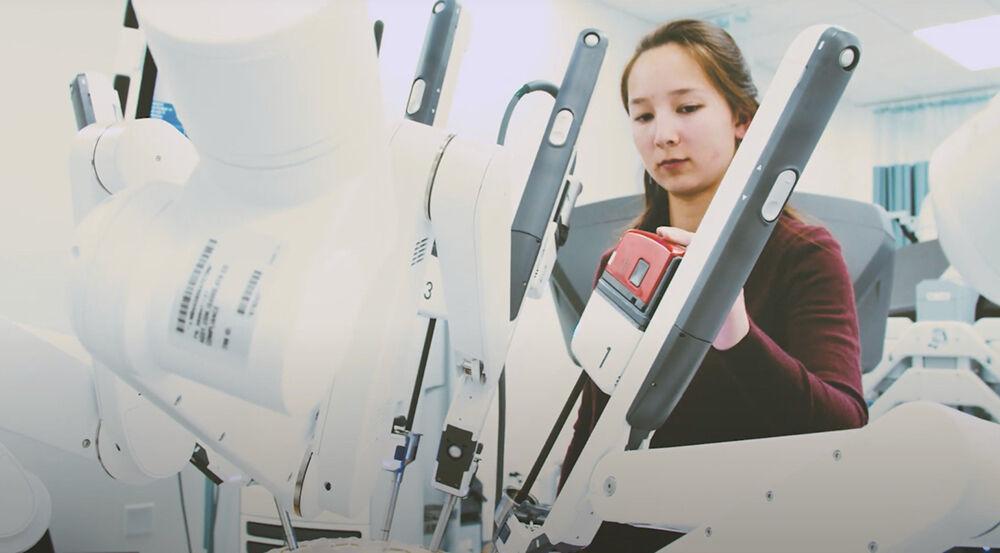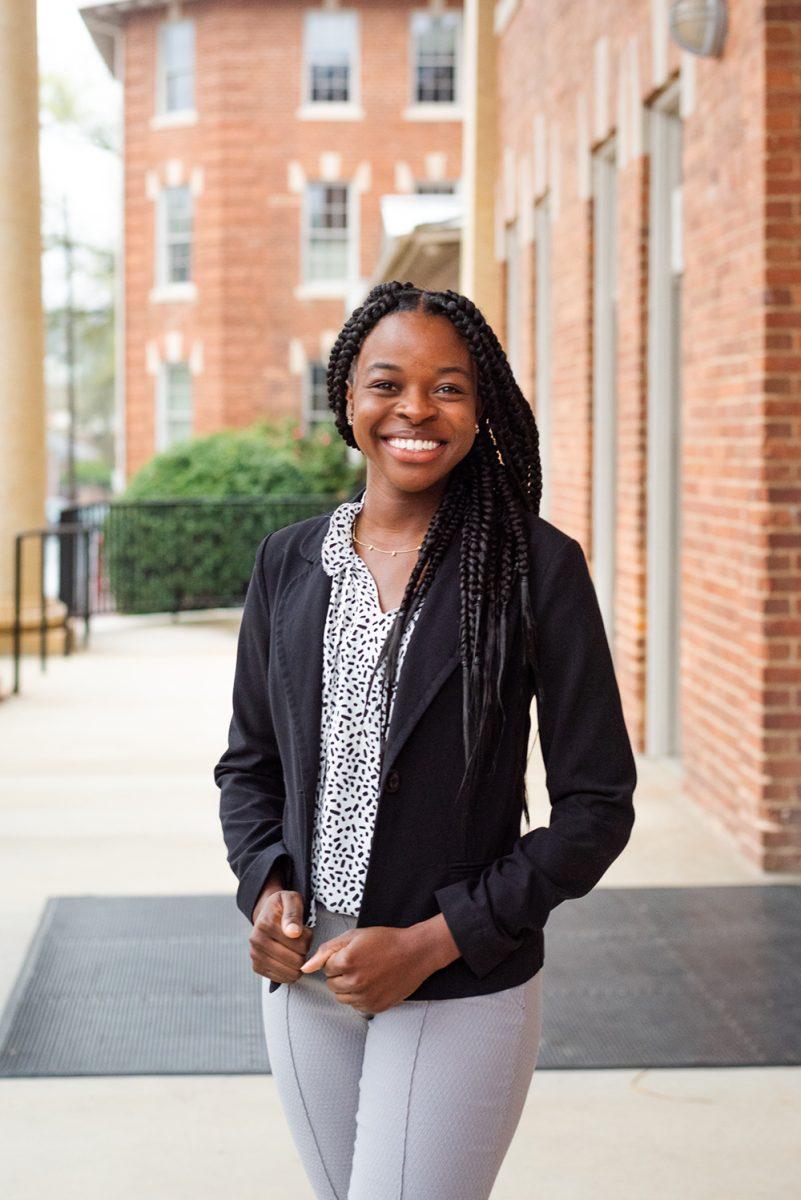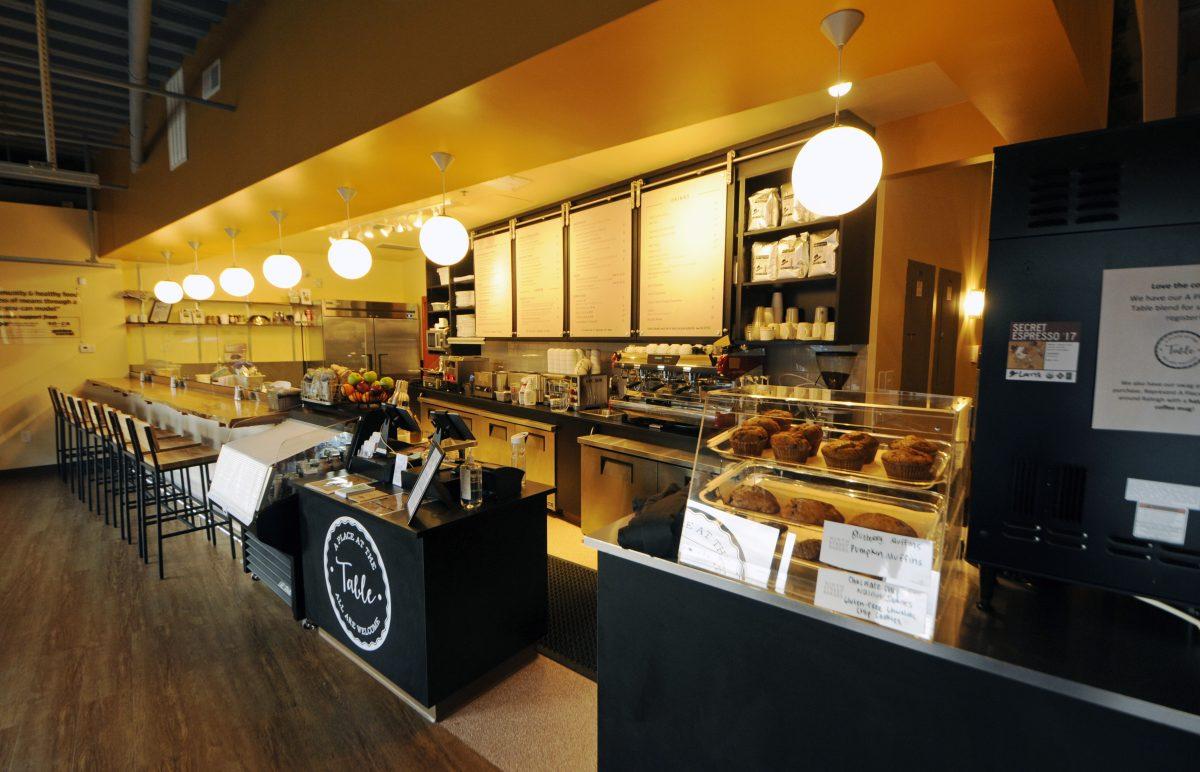The COVID-19 pandemic has created unique challenges for engineering senior design instructors and students during the 2020-2021 academic year, requiring very hands-on course material to move mostly virtual.
Rachana Gupta, director of the Electrical and Computer Engineering (ECE) Department senior design program, said that ECE senior design traditionally requires frequent team meetings between groups of three to four students, as well as with clients, sponsors and instructors. She said hands-on work with design, prototyping, testing and verification is a major component of senior design as well.
Gupta said professors had to accommodate those who could not be on campus to take classes, meaning that lab and other in-person components of senior design were turned into virtual labs and reviews for students who needed to complete the course virtually.
“The lab was closed; the undergraduates were not allowed on campus and for a good reason, we understand that,” Gupta said. “That brought lots of different challenges of how to work on the project together, how to finish the project successfully… We were able to use tools such as Google Drives and GitHub to share project data and work on tasks together. But a lot of the projects in ECE senior design are still hardware-based, where they have to come to the lab and work on the same circuit together. That was very, very challenging.”
Gupta said that obtaining hardware components and tools has been hard to arrange with students as well, but the department has been supportive in allowing for socially-distanced part pickup.
“If they had a need to come to campus to pick up something from the lab, then the teams were arranged in a way that there was at least one person who was local, and that person didn’t mind coming to campus every so often and following COVID-19 campus rules,” Gupta said. “The department was also very accommodating.”
Jeremy Edmondson, associate director of the ECE senior design program, said that instructors arranged groups considering any students who were already interacting with each other in person, such as roommates.
“Senior design projects are a transition from academia into industry,” Edmondson said. “It’s disappointing that they’re not able to be on campus and have all the same experiences that they would have otherwise had, but industry is going through exactly the same transition… I think we have been able to build up skills in the students that will help them transition into the post-COVID industry and how that’s going to operate.”
Chau Tran, associate teaching professor for the Department of Mechanical and Aerospace Engineering (MAE) and MAE senior design course coordinator, said that students are normally supposed to be certified in the “manufacturing role” before winter break, with the spring semester dedicated to prototyping the final product design. He said that this certification process was delayed until the spring semester, which has made the first few weeks of spring semester a little tougher than normal.
Tran said he has kept the shop open late one day a week for students who live far from Raleigh to allow them to catch up with work on the prototype construction, which is 70% of the students’ grade in the spring semester.
“I allow them to do that because if they don’t do that, the other four teammates may not be too kind to their peer by nature,” Tran said. “But I think they understand… One good thing about the virus is that I have more [of a] leg to stand on to tell the people to communicate with each other.”
Tran said that the limited space due to social-distancing requirements in the MAE’s six different manufacturing rooms was a challenge at first as well. The department created rotating stations to circumvent the issue.
“We strongly encourage students to come to class during class time because that’s when all the machines, all the facilities are reserved to build [their] prototype,” Tran said. “I hate to say it, but some [students]… almost turn their back on their teammates, at the very end using the excuse of COVID-19 for that.”
Ana Sheridan, a fifth-year studying biomedical engineering, said that while going in person is optional, she feels that the lab and machines used in building the devices will be advantageous to have access to. She said her senior design professors have been very open about not requiring any in-person component of the course, with no penalties to students who live far from campus and/or feel unsafe coming to campus.
“The whole first part of our senior design experience is supposed to be us really going into these medical environments and watching doctors work and nurses work and see what they’re doing to really understand the problems that could be arising,” Sheridan said. “Because of COVID, we have not been able to obviously go into any clinical settings at all, and so I think the formation of problems like that we would choose to solve has hindered a lot. Luckily, our senior design professor… asked a bunch of clinicians [about] problems that they are experiencing, so we got some feedback from them.”
For more information about engineering senior design, students can visit the College of Engineering website.


